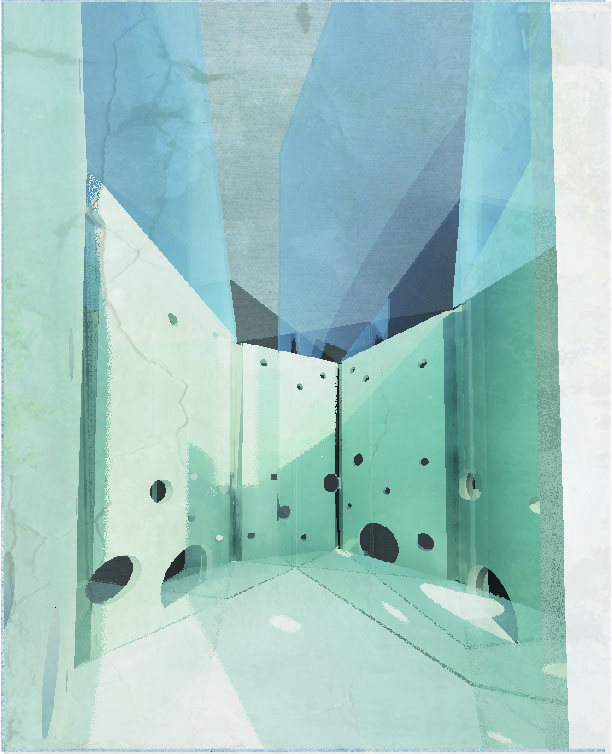By exploring the effect of senses in creating memory and studying the relationship of senses, memory, time and space, the goal for this project is to implement sensory design that is inclusive and engages humans with the surrounding environment to design an experience. Sensory design is inclusive and provides alternative ways of feeling and experiencing space. In conjunction with my study of senses, I am also relating the sensory design to my previous research regarding universal design of a children’s play space, as a lot of these sensory encounters first occur in childhood and memories of place are formed and shape our perception of the world.
Sensory design and poetics of space – The relationship between body, senses, and memory through time. Senses play a major part in creating memory. Over time, we form an image of the space based on our past experiences of lived space. This unique image or series of images is how the space is remembered and it starts to form at a very early stage of our lives.
By designing a playground that is universal, my main goal is to create a safe, accessible, and inclusive environment for ALL ABILITIES that would serve as platforms for children to internalize diversity in perspectives that we try to instill in our next generations. In conjunction with my question of inclusion in Architecture, I am also fascinated by the importance of play in early childhood, not only for one’s health and fun, but also for learning about the soft skills and character development that are so crucial as children begin contributing and participating in society. Sensory design is connected to the poetics of space, along with the temporal relationship between body, senses, and memory. Senses play a major part in creating memory. Over time, we form and recall spatial concepts and entities (i.e. living rooms, school, etc.) based on our past experiences and recollections of lived spaces. This unique image, or series of images, is how space is remembered, and it starts forming at very early stages of our lives. With inclusive sensory design, the goal is to design a universal playground that reinforces education and awareness/acceptance of differences from an early age. Play can contribute to opening children’s minds to individual differences and uniqueness, respect of such differences, and celebration of individualities. Additionally, the exploration of a universal environment will question the current public space, and whether today’s public spaces are truly inclusive. The use of sensory design – such as incorporating texture and light – will provide alternative ways of experiencing architecture and challenge the conventional ideas of normalcy.
